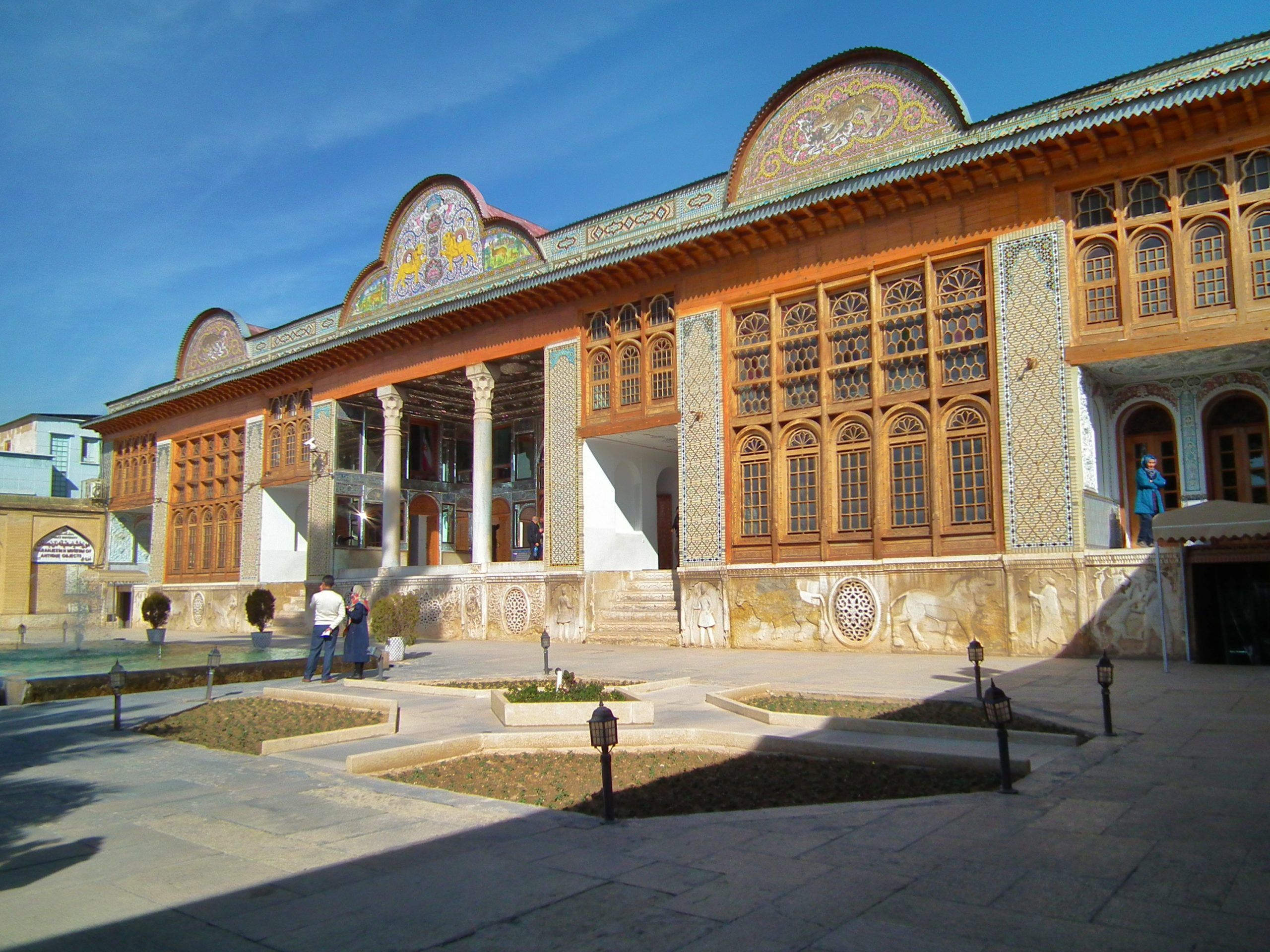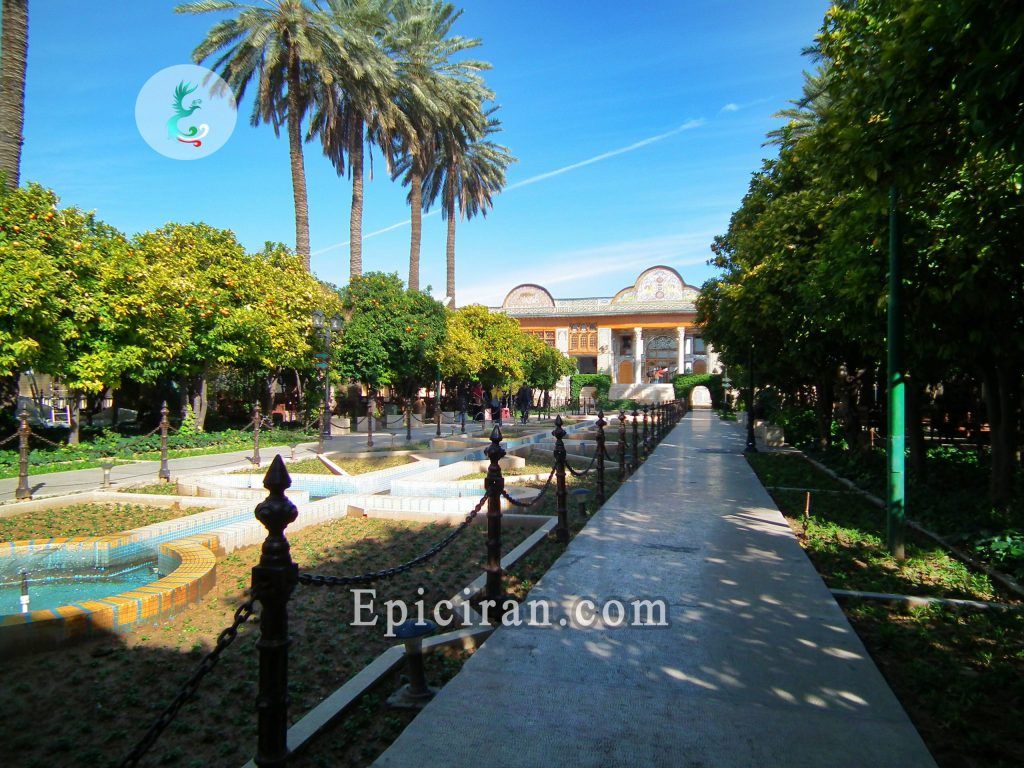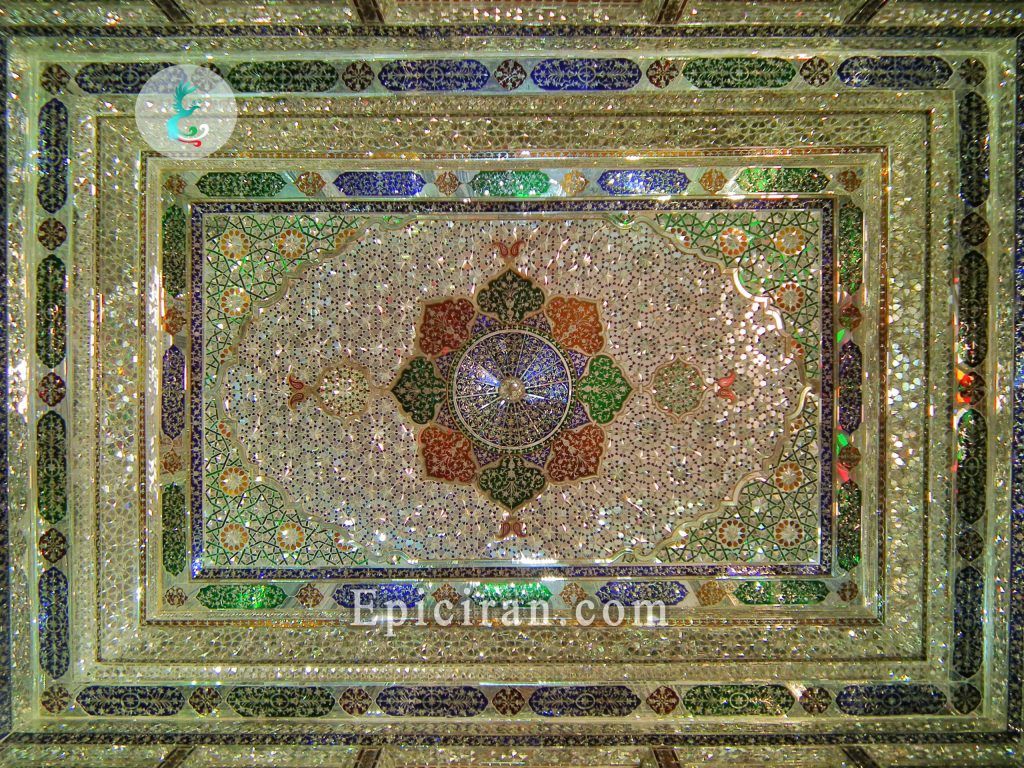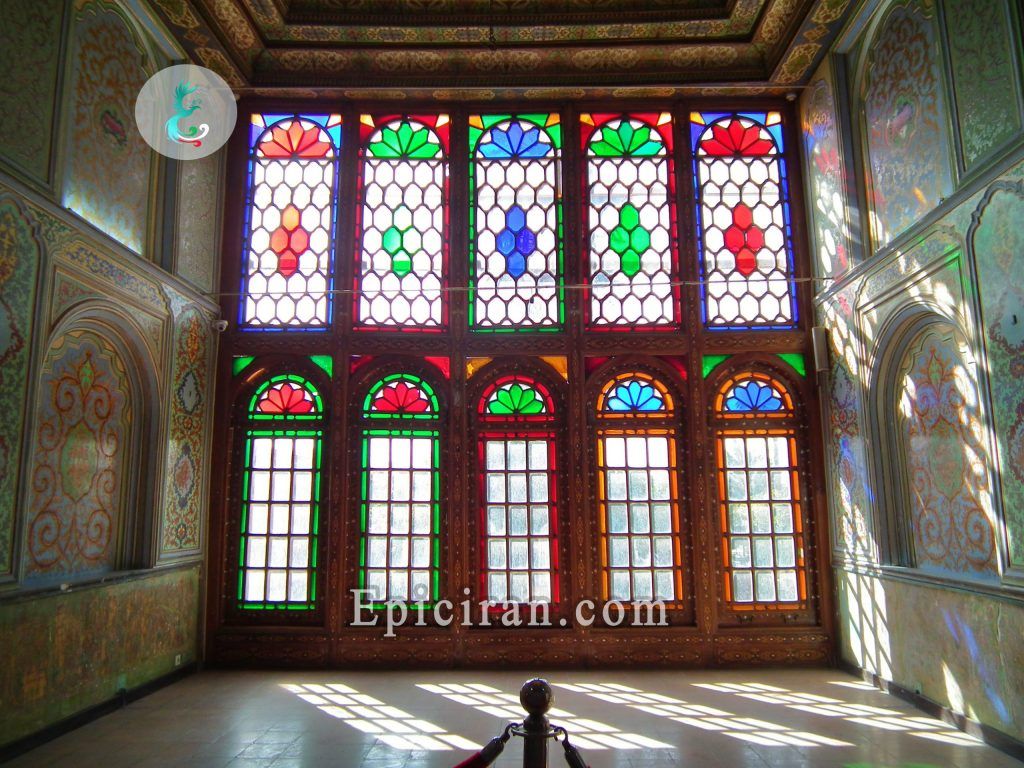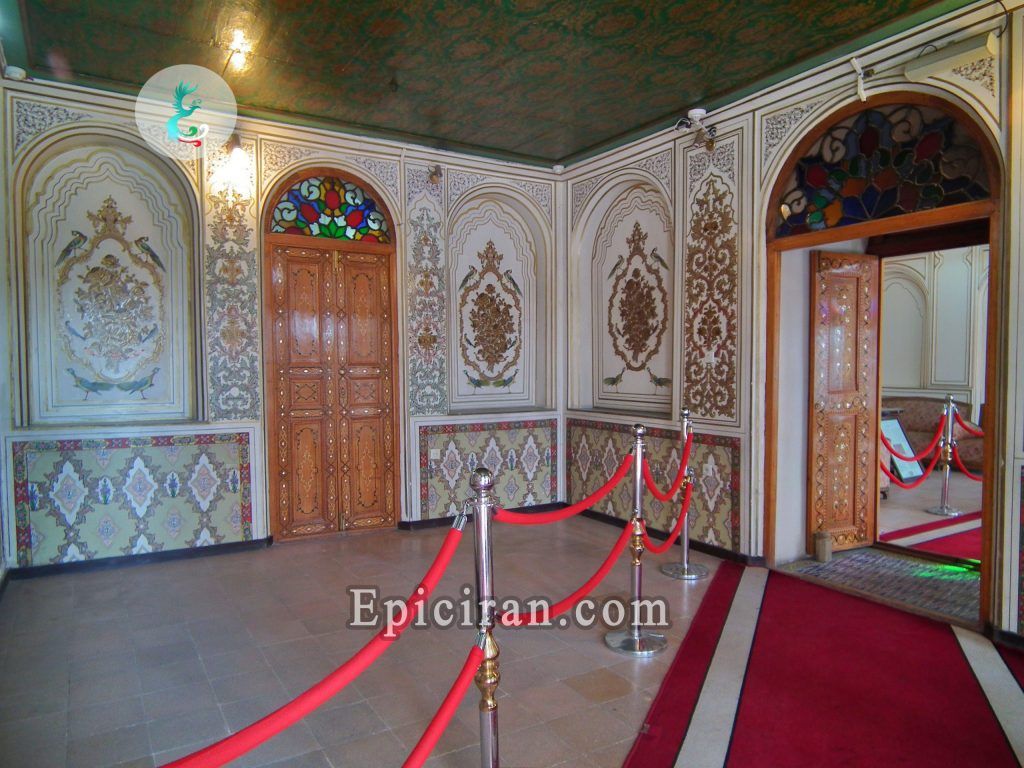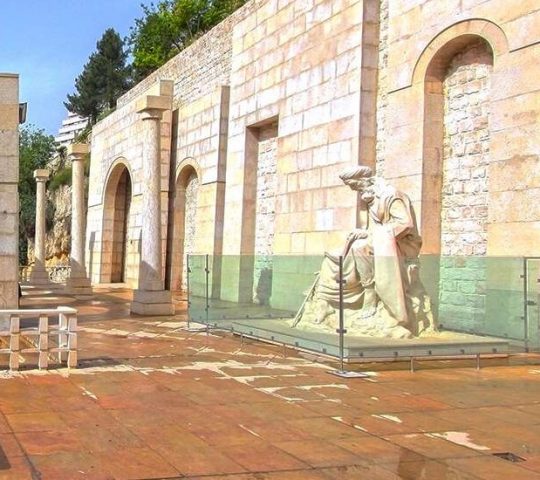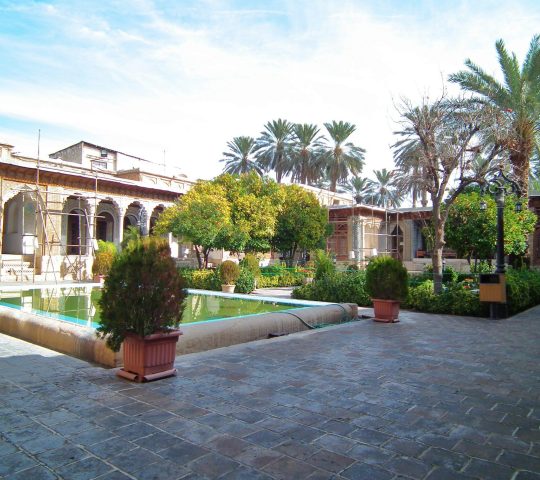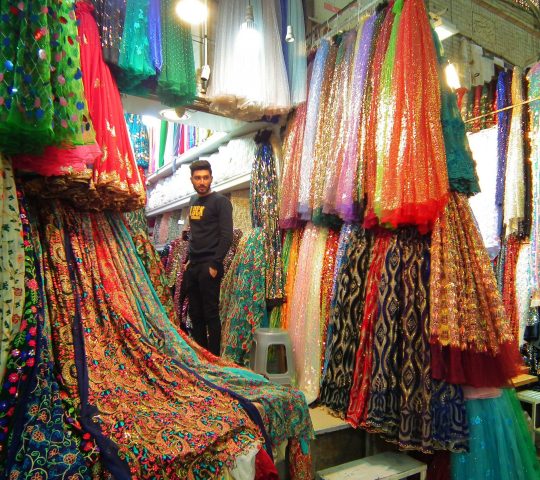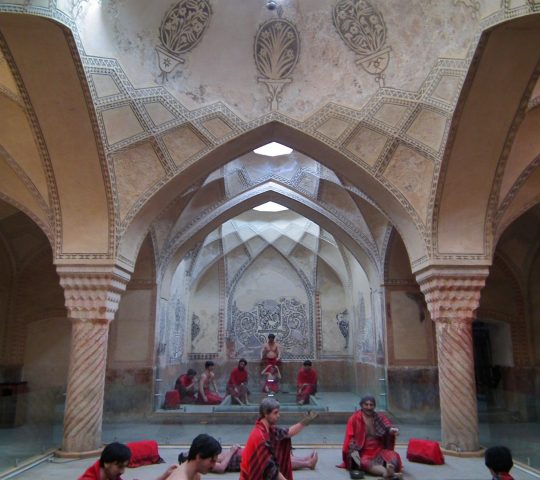Qavam House is consisting of several parts, including Narenjestan Garden, because of this garden some people call it Narenjestan-e Qavam. The construction of the monument and the surrounded garden was completed in 1886. Qavam House has many ups and downs, it’s belonging to the Qavam family, among influential families of Shiraz. The family of the descendants of Ibrahim Khan Kalantar who were one of the ministers of Karim Khan Zand who found much more power during the Qajar era because of the treason to the last king of the Zand Dynasty, but soon they were massacred by Fath-Ali Shah due to their influence on Fars region.
One of the family members was seriously ill and was not killed and they left him to die but his illness recovered miraculously, after years he built the Qavam House in memory of his family. Subsequently, this garden was passed from hand to hand between the descendants of the Qavam family until it was purchased by the government during Pahlavi Dynasty and assigned to Shiraz University Between 1970 and 80 for repair, then was transformed by Arthur Upham Pope and later Richard N. Frye into the Asian Institute of Shiraz University.
Arthur Pope and his team conducted many excavations on historic sites in Iran, currently, there is a museum in the basement of the north mansion of Qavam House which is devoted to the display objects that was found by him.
Paintings, plasterings, brickworks, carvings, tiles, mirror works, and mosaics are all elements of the attractiveness of Narenjestan-e Qavam.
Zinat al-Molk House, Atigh Jame Mosque, Nasir al-Mulk Mosque, Shah-e Cheragh, Khan School, Mosque, Bazaar and Bath of Vakil, Saraye Moshir and Pars Museum are among the attractions around the Qavam House.

